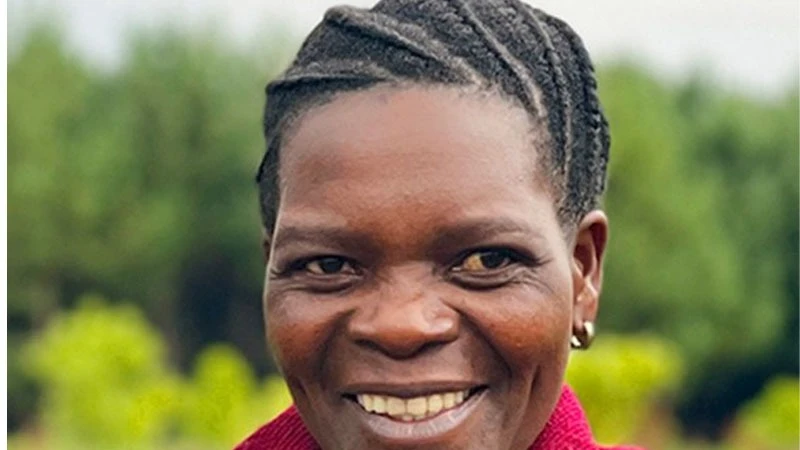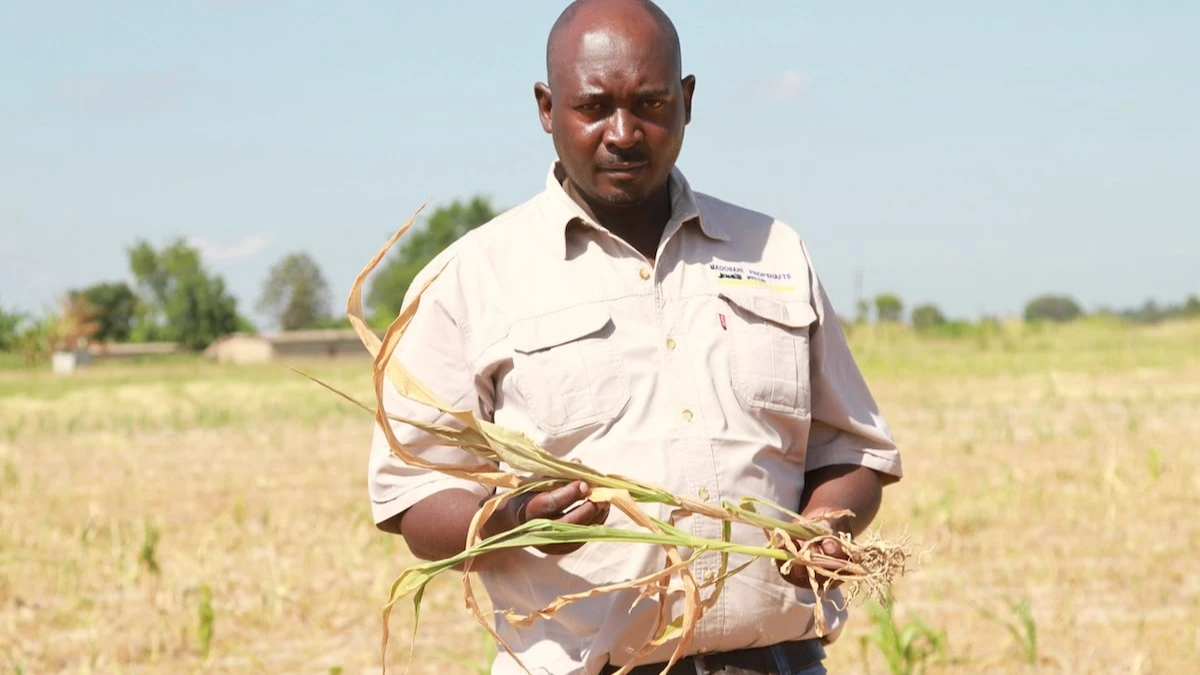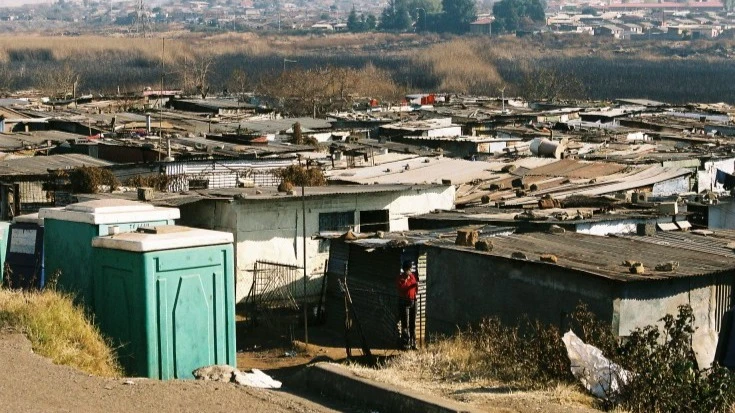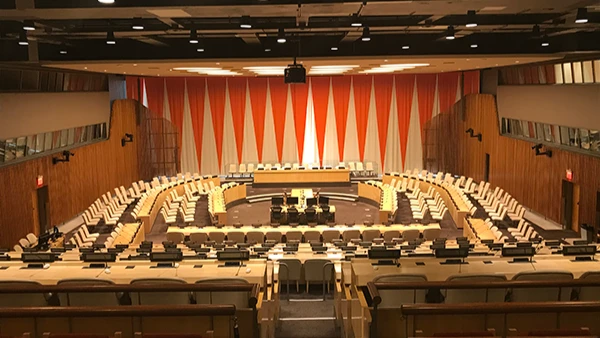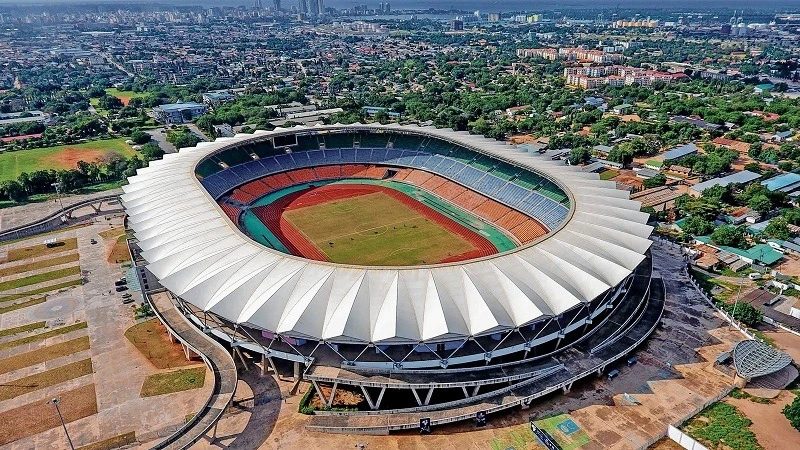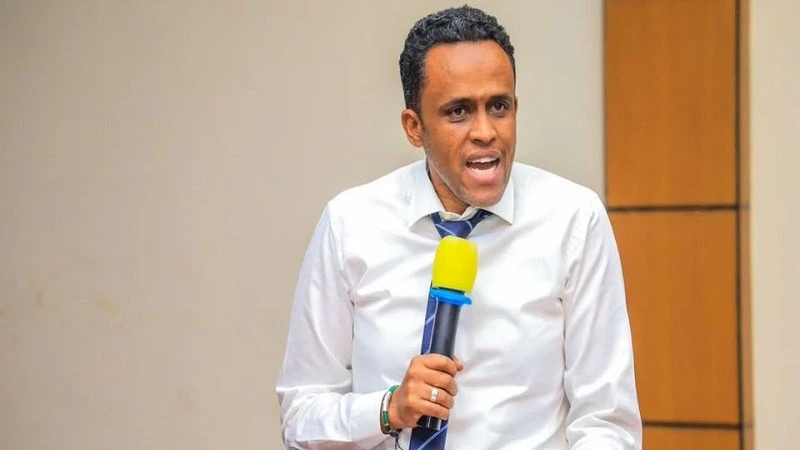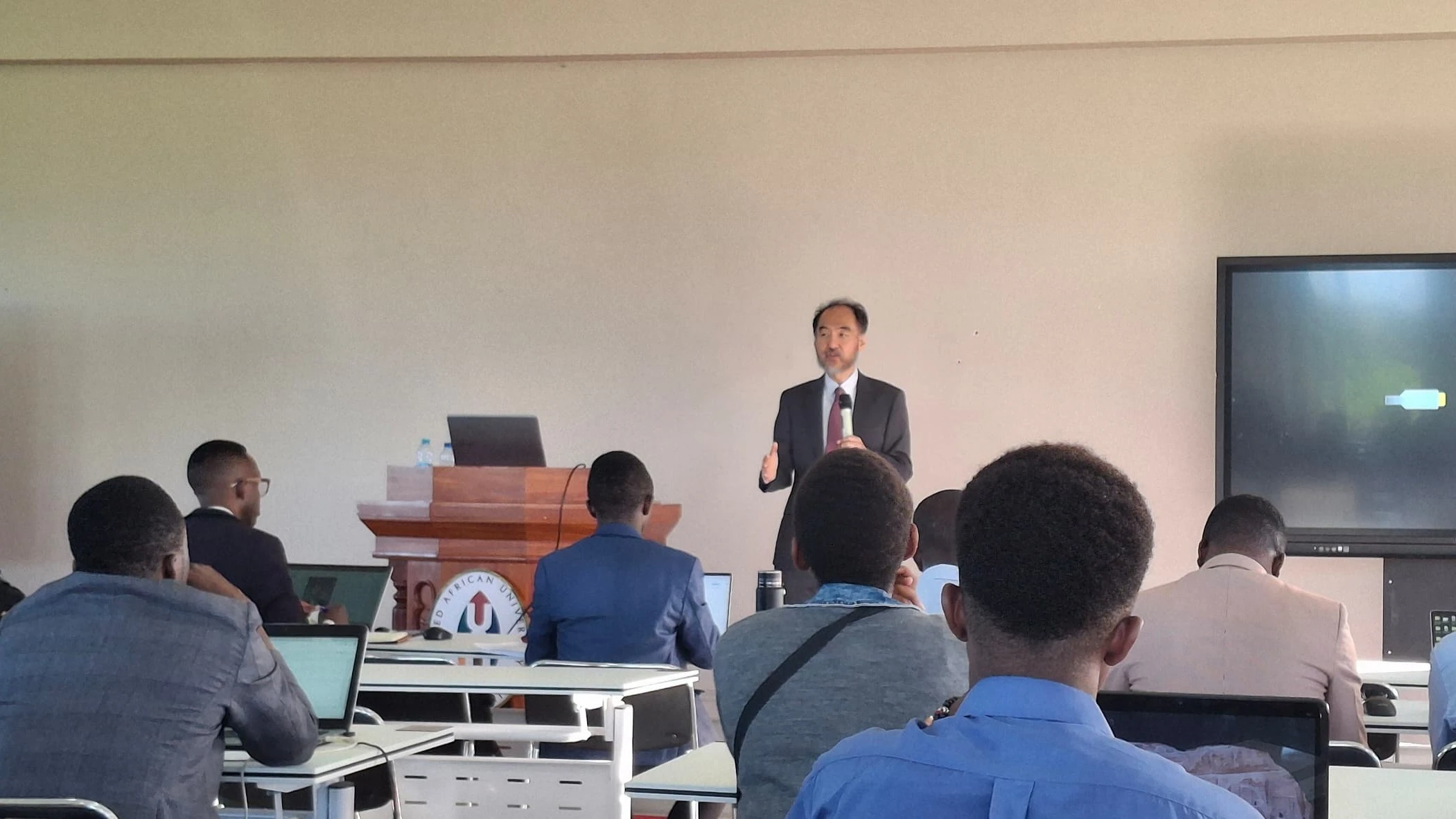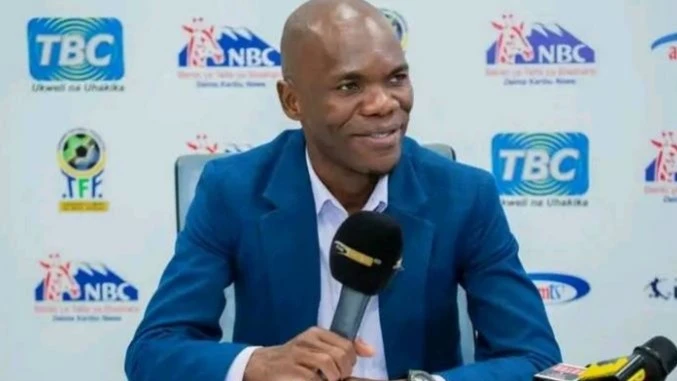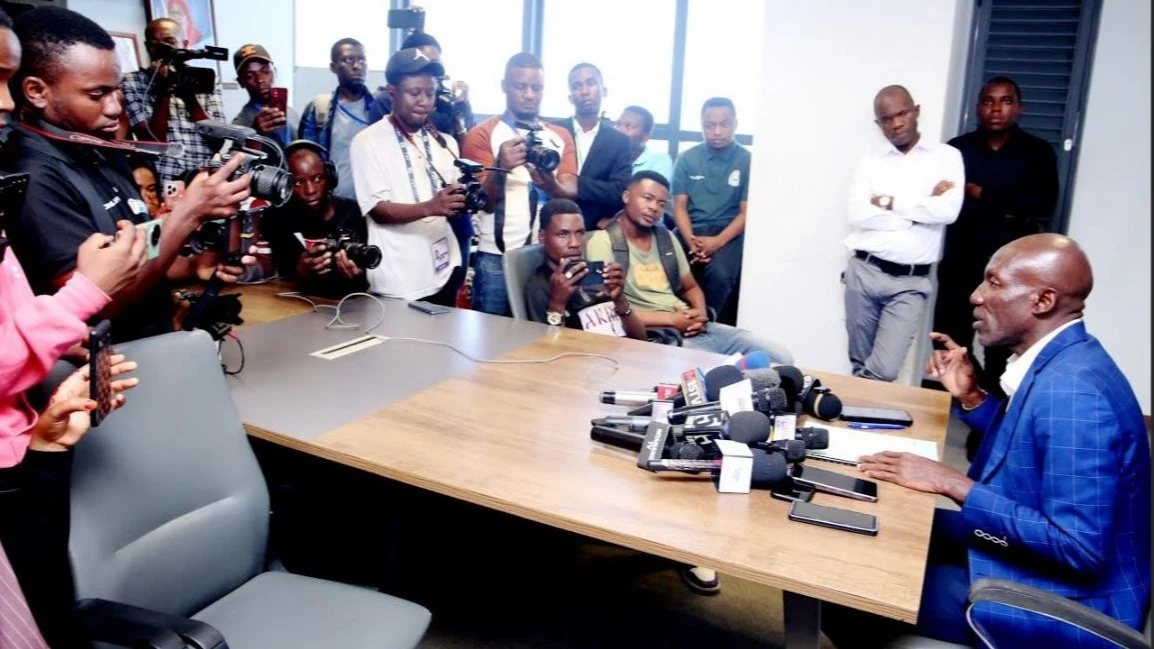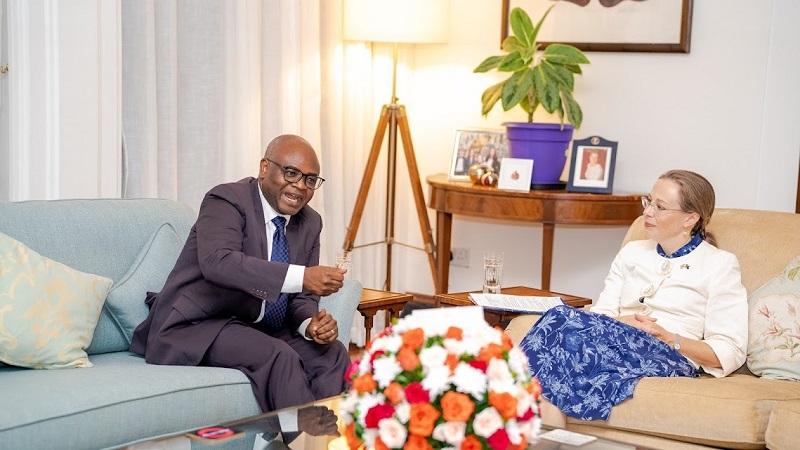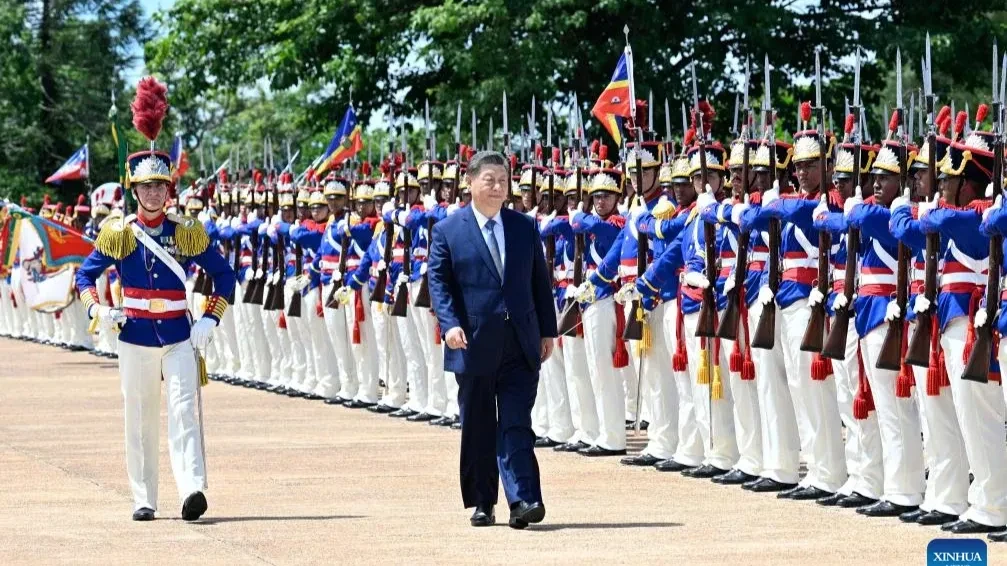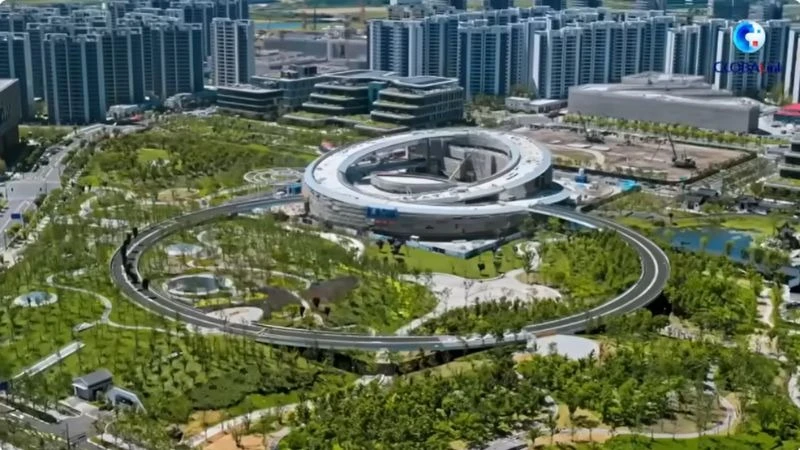Trapped in traffic: Dar’s daily crisis on roads, the cost of standing still
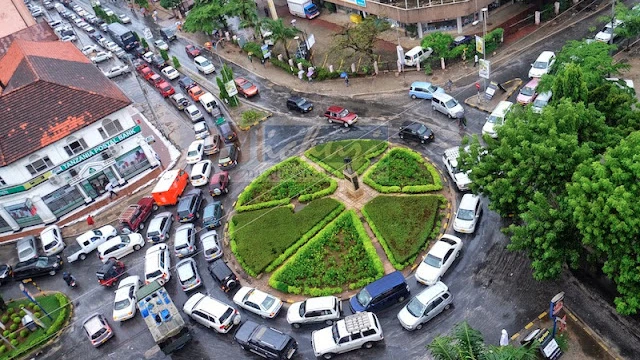
ON any given weekday morning, Dar es Salaam's roads begin to fill before dawn. By 6:30 a.m., major arteries like Morogoro Road, Mandela Expressway, and Kawawa Road become scenes of vehicular paralysis—lanes jammed tight with buses, private cars, bajaji, and the ever-adaptable boda-boda weaving through whatever space is left.
From Kimara to Kivukoni, it can take up to three hours to cover a distance that should take thirty minutes. For those who live this every day, the traffic isn’t just annoying. It’s soul-sapping.
The congestion has become so entrenched that residents have adjusted their lives around it. “If I don’t leave home by 5:00 a.m., I won’t make it to work by 8:00,” says Jacqueline, a receptionist who commutes daily from Mbezi Beach to the city center. “Sometimes I arrive tired, before I even start the day.” This is not just her story—it’s the daily grind for hundreds of thousands.
Yet the cost of this problem runs deeper than missed meetings or late school arrivals. According to World Bank estimates, cities like Dar es Salaam lose up to 5% of their GDP annually to traffic-related inefficiencies.
That equates to over 4trn/- in economic loss each year for Tanzania’s commercial hub. Whether it’s businesses suffering due to delayed deliveries or workers spending unproductive hours in their cars, the cumulative cost is staggering.
Fuel wastage is another silent killer. A vehicle idling for an hour burns through litres of fuel, and the average Dar commuter might spend over ten hours per week just sitting in traffic. Multiply that by hundreds of thousands of drivers, and it becomes clear why fuel consumption in the city is disproportionately high.
The environmental cost, too, is dire—air pollution in dense traffic zones like Vingunguti and Keko has become a public health hazard. Not to mention the stress, anxiety, and general mental fatigue that comes with it.
What’s frustrating for many is that they see no real way out. The city’s public transportation system, once hailed as a potential game-changer with the introduction of the Bus Rapid Transit (BRT), is failing to live up to expectations.
“The BRT buses are few and unreliable now,” says Martin, a university student from Kigamboni. “Sometimes you wait an hour, only to find the bus already full. And they still want to charge us more to use the fast lanes?”
His frustration refers to a recent proposal by Minister of Works Abdallah Ulega, who suggested implementing a fee for private car owners to use BRT lanes to escape congestion. The proposal was met with public outcry.
“This is just proof of how disconnected our leaders are,” said ACT Wazalendo in a press statement. “The BRT was built using taxpayers’ money. Charging citizens to use a service they already funded is not only unfair—it’s exploitative.”
That disconnection is becoming increasingly apparent in the rhetoric used by some officials. Former Transport Minister Athman Mfutakamba, speaking on UTV, downplayed the traffic crisis, suggesting that it signified economic growth. “People can now afford cars,” he said. “Even in the U.S., there were traffic problems during the development phase.”
But this argument falls flat when compared with developed cities. Tokyo, for instance, has over 3.5 million vehicles and a much larger population than Dar es Salaam, yet its public transport system keeps traffic manageable. Trains are frequent, efficient, and affordable, making car ownership a choice, not a necessity.
Dar es Salaam, with about 1.4 million registered vehicles, doesn’t have the infrastructure to support that number. The roads were never designed for such volume, and the city has grown faster than its planning capacity.
Neighborhoods like Kigogo, Mandera Road, and Keko are a testament to this mismatch—areas that once had minimal vehicular activity are now hotspots of congestion, with narrow roads barely wide enough for two lanes of traffic.
Worse still, during school holidays or when the rains come, the situation turns chaotic. The Jangwani valley, known for its chronic flooding, becomes impassable. And still, people try to maneuver through, hoping to avoid the bottlenecks elsewhere.
“When it rains, I don’t even bother working,” says Ali, a boda-boda operator from Temeke. “It’s not worth the fuel or the risk.” His words mirror a broader sentiment of resignation and fatigue among the city’s workforce.
In a twist that angered many, Kinondoni MP Abass Tarimba recently proposed giving Members of Parliament special number plates that would allow them to bypass traffic, just like ministers. “If they can do it, why can’t we?” he asked during a parliamentary session
Nonetheless, for citizens who spend hours in traffic daily, this proposal smacked of privilege and inequality. “We all pay taxes,” said Salma, a teacher from Gongo la Mboto. “Why should leaders skip the suffering the rest of us go through?”
This inequality in road use—between those who can afford alternatives and those who can’t—is one of the most painful aspects of Dar’s traffic crisis. The BRT, which was meant to be the great equalizer, now operates with limited buses and erratic schedules. Cars clog its dedicated lanes, and the once-celebrated system has become another failed promise.
And the problems don’t stop at the city gates. Dar es Salaam’s port, a vital trade artery, suffers from its kind of congestion. Gerson Msigwa, the Government Spokesperson, recently announced that over TZS 1 trillion has been invested to upgrade the port and establish a dry port in Kwala, Pwani Region. “We’re overwhelmed,” he said.
“We needed a solution to reduce the pressure on the Dar port.” While commendable, many wonder why such long-term solutions took so long to materialize.
Meanwhile, the city chokes. Traffic jams lead to increased road rage, more frequent accidents, and a spike in respiratory illnesses. Doctors at Muhimbili Hospital report a rise in cases of stress and cardiovascular complaints linked to prolonged commuting hours.
Drivers, too, suffer. Hassan Dede, chairman of a local truck drivers' association, says, “We waste too much fuel in jams. Employers don’t consider that when allocating fuel. It’s bad planning, and we pay for it.”
Interestingly, the congestion problem isn’t just physical—it’s psychological. As the city becomes more stressful to navigate, residents’ patience wears thin. Fights break out over minor collisions, passengers argue with bus conductors, and tempers flare at roundabouts where traffic police can barely maintain order.
Experts suggest a mix of bold infrastructure investment and creative urban planning. Enhancing rail and water transport could offload some of the traffic from roads. Time-based restrictions—where certain vehicles are allowed on the roads only during specific hours—might ease peak-hour congestion.
Flexible work hours and remote work policies could also distribute traffic more evenly throughout the day. But perhaps most importantly, the government needs to fix the existing systems, starting with the BRT.
Until then, Dar es Salaam will remain a city where too many lives are drained in traffic, fuel burning, tempers flaring, and hours wasted. But it’s not just the gridlock. The endless construction—always starting, never finishing—feels more like a nuisance than progress. Roads are dug up, detours multiply, and frustration simmers.
With over 7 million residents packed into this rapidly expanding city, movement has become a daily mental battle. Dr. Flora Mshana, a clinical psychologist based in Mwenge, says the chronic traffic is doing real harm: “We're seeing rising cases of anxiety, irritability, even mild depression—especially among those with long commutes. The body may stay in the car, but the mind gets trapped.”
And that’s the truth—people aren’t just losing time. They’re losing their peace. For a city dreaming of regional influence, its people deserve more than crawling past the same construction cones day after day. Progress shouldn't look like this.
Top Headlines
© 2025 IPPMEDIA.COM. ALL RIGHTS RESERVED


